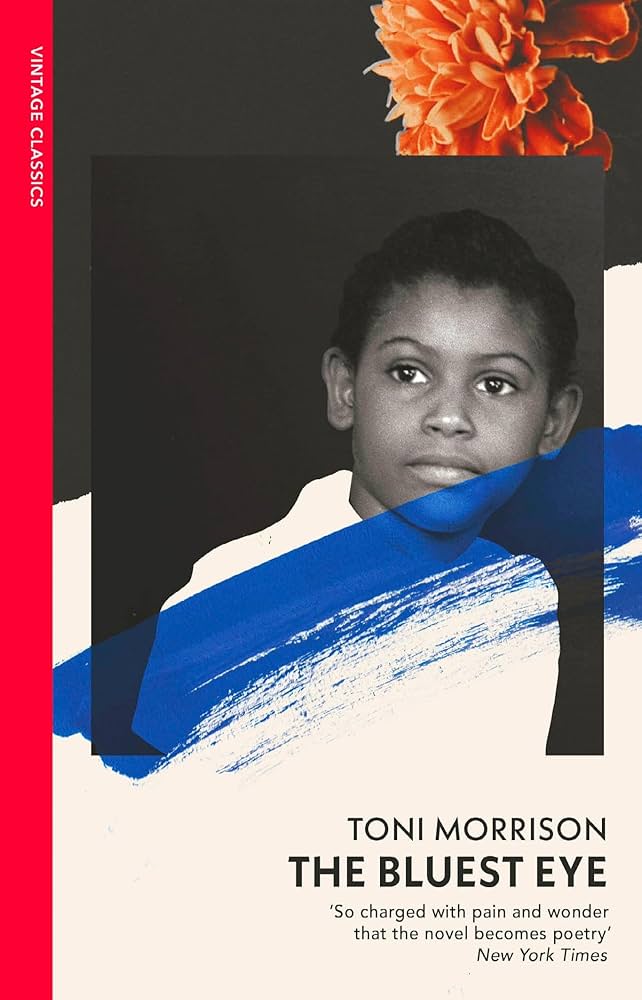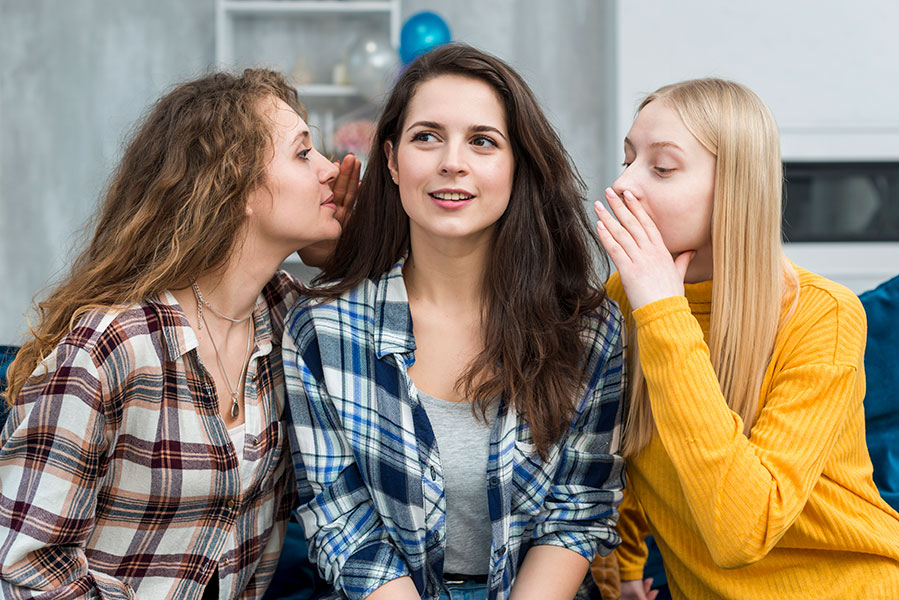Another news of a bookstore downsizing.
One of the few remaining bookstores, Books Kinokuniya has always been a favourite place for many different reasons for many years now. The excitement when this huge space was opened is still palpable! At the first visit, it seemed never ending. I had become ‘Bastian Balthazar Bux’ and was journeying into Fantastica, one door opening into another! When my daughters were small, it was a place where my elder one would almost always be lost. She would be submerged in the world of Percy Jackson or lost in the Land of Stories! A considerable amount of time would go to find her. She was about 7 or 8 years old. Children of her age did not have smart phones in their hands then. It was many years ago. Books Kinokuniya opened a couple of more outlets over the next few years. Closed those down. Downsized their flagship store to almost half its original size. Now, it is downsizing again, to accommodate a café! Make no mistake, I am a huge fan of cafés as well! The very ambience, the aroma of coffee, the company of friends and many a times myself, have always been my favourite haunts. However, they simply can’t replace bookshops. That sounds, well, wrong. I am sure many would share similar views.
That brings me to the question of why? Not why the bookstores all over the world are gradually shutting down, but why are the people who read reducing so very rapidly?
Is the availability or accessibility of e-Books alone the sole reason or even the substantial reason? Or is there a general decline in the love for printed words?
What are the children, young adults and adults engaged in these days? What are the psychologically stimulating activities that people are engaged in these days?
What are the young school going children doing when they have free time? With the number of instructions that are given at every step of the way, are we taking away their agency to think by themselves? “We need stories to understand ourselves” Rushdie, Writing Masterclass. After safety and love, the first thing that a child asks for is a story. Stories are all around us. In small little everyday incidents, to major historical and social transformations, our lives are not short of dramas! And yet we love to hear and tell more. The interesting gossip, the life changing moment, the fabulous trip, the incident at the restaurant, the debate on feminism, the experience in the train after many years, all hold a story within themselves. Waiting to be told, waiting to be heard.
Then why did we stop reading? Working on a school project a few years back, I was having conversations with colleagues and parents on ‘reading’.
To my immense chagrin, many answers were “I used to read when I was younger, now I don’t.” There were no answers to my why’s. During the said project and as a part of it, we had a workshop for the parents, on reading and storytelling. We attempted to share the importance of books, reading, libraries, stories with the parents and its paramount role in shaping the child’s personality and psyche. Many of the teachers sounded forced. Rehearsed. They lacked the conviction to carry the message through. Most of the parents shared, they don’t read! They seldom get books. It would have been unimaginable situation twenty years back. I would see many people in the public transport opening the book at the bookmarked page the moment they got a seat. That’s a rare sight now. A very rare sight. I have also come across this statement, “there is no space at home”, and they are not living from the closet.
The space is often occupied with innumerable clothes, shoes and other essentials. “I have no patience” is another well heard response. Maybe picking something that interests you, would easily address the lack of patience. In school, the hectic curriculum and the zeal to ‘teach’ the children everything has constricted story time. That’s the first thing that is taken away. Readings of number and science takes precedence. Stories are magical. How have we as adults, forgotten about the adventures of Nancy Drew, the detective with an egg-shaped head who would make his grey cells work, Alice as she fell down the rabbit hole, Guy Montag, the fireman who burns books? We, as members of the society, constantly learn from each other.
In social learning theory of development, Bandura emphasises on the role of the adults in society. Children learn from the environment and from others. If they see their family members read, value books, have conversations about them, engage in visiting book fairs and libraries, they will imbibe the trait as well. Children who read, often, have parents who read. I used to ask in my class sometimes, how many of your parents read? It was reassuring to see a least some of them raise their hands and explain their observations.
I still remember one response very vividly. A child of 6 at that time, Yazhini said, “my daddy reads. He brings books from India. Some are old and covered with newspaper”, something many of us are used to do as well, especially with old books! My very kind and long-time assistant, a house help who became a member of my household, had been with me for 14 years. She would often ask me to suggest a read for her from my bookshelves.
She gave books to me and my daughter as gifts on our birthdays as I would give her!
Book shops are a place of belonging for me. One of my favourite places to be when I am in
India are the many bookstores. It used to be the bookfairs during college days. The romantic
exhilaration of those days! My companion by my side. We still visit, but it is dominantly the
bookstores now. Always returning with two or three paper bags. Coming home and going
through the purchases one by one. Letting him write my names in each of them. It is like
someone returning again and again to the same self.
Bookstores are not just a place to hang out. They are the very labyrinths of memory itself. The
past, present and future, dreams, imaginations, ideas, amazements, frustrations, excitement.
We are a dying breed. We the people who are in love with this act of looking through the
shelves, picking out the ones our eyes rest upon, breathing deep into the crisp pages, hugging the
bag close, proud of our purchase. After that sitting in the café and opening them one by one,
with the steaming latte beside!
Back home, finding places for the new members. There is always a place for a loved one!
Cafes are places to meet people. Engage in discourses, conversations, births new ideas and opens
possibilities, form relationships, catch up on one another, laugh and be with friends, talk about
lives.
Bookstores, reading, however enables to form ideas that spark conversations and discourses,
perceive gaps that enables efforts, seek questions that addresses the wrongs, create agency to
look beyond what is shown, forge relationships beyond the realms of known and familiar, create
a new world!
A reading of ‘Untouchable’ would perhaps enable us to investigate the character of ‘Hatoda
Tyagi’ with more objective sensitivity. The systemic violence and the ease with which injustice
dished out over generations to the marginalised is felt deeper than the comment of “it’s so sad!”
Or perhaps the ambition of ‘Tara’ to climb up the social ladder and carve a name for herself, can
be better understood after readings of Deborah Levy’s Cost of Living.
Let’s keep our conversations alive without destroying the agency to question things around us,
imagine, dream!!
Mere chatting and ‘catching up’ would not be sustainable perhaps.
We do not have the time for just ‘catching up over latte’ anymore!


